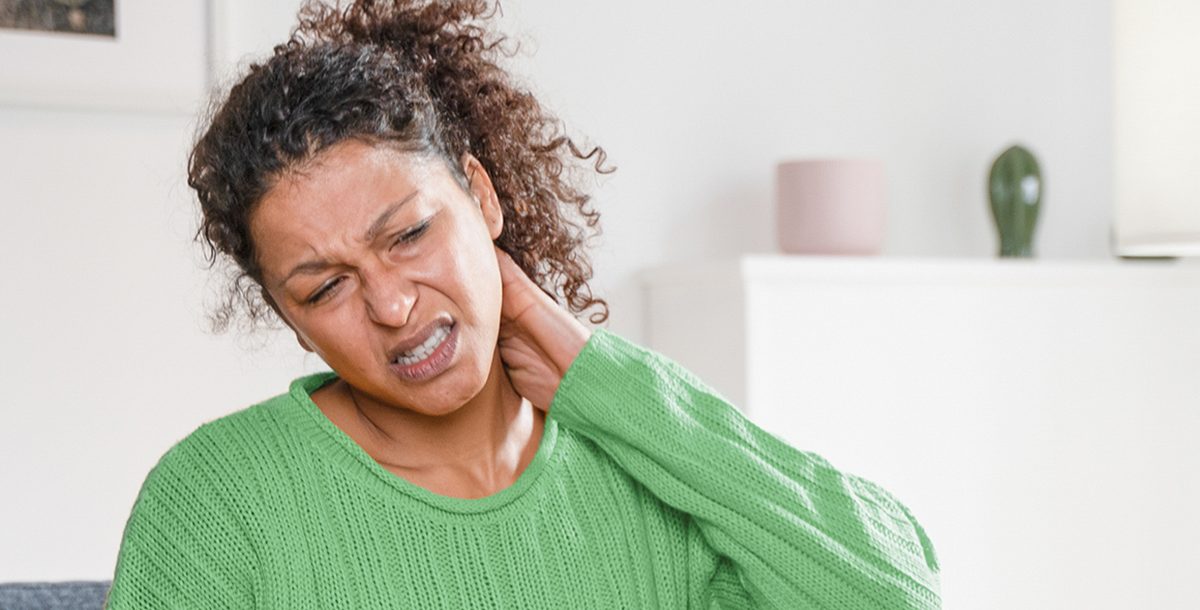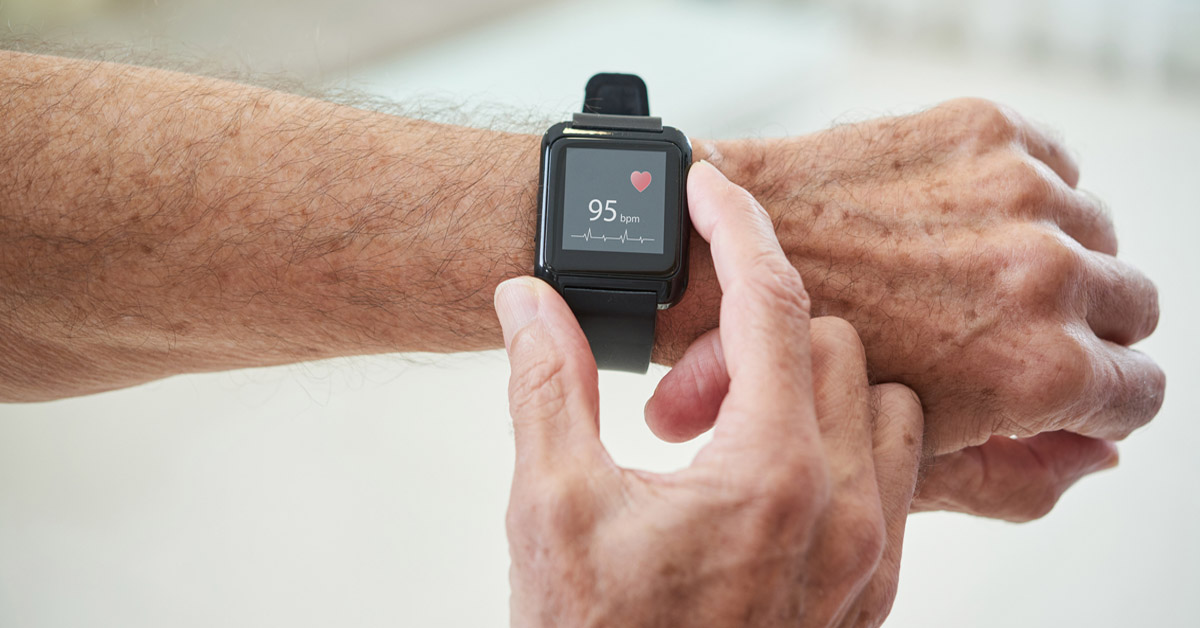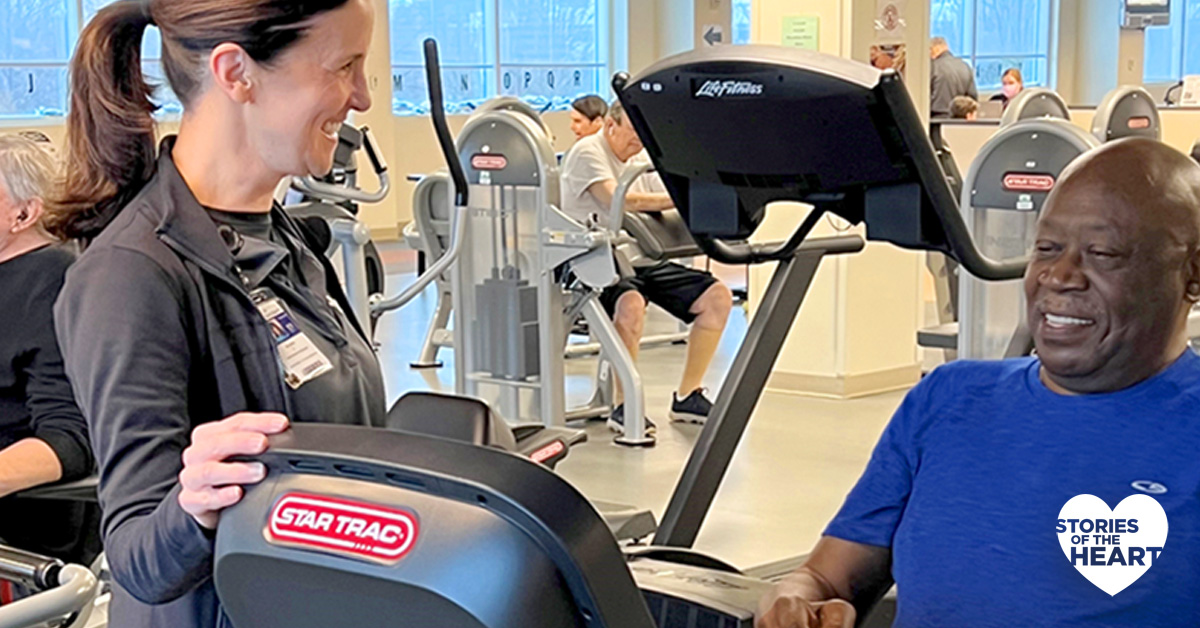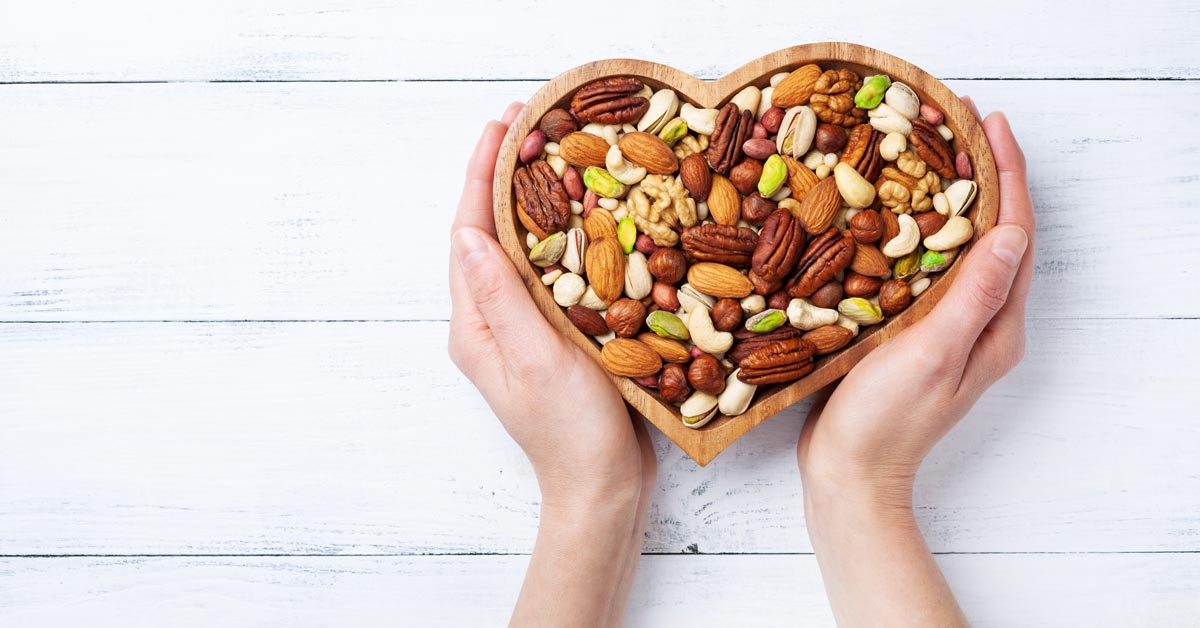The Centers for Disease Control and Prevention (CDC) reports that heart disease is the leading cause of death for men and women in the United States. However, when it comes to heart attacks, many women don’t realize there are gender differences with heart attack symptoms.
“Many of my patients know heart attack symptoms that are typically seen in men,” Meredith Thackston, a registered nurse at Bon Secours St. Francis, says. “However, women often have very different symptoms, and many women don’t know what they are.”
During a heart attack, women and men both often feel chest pain. However, women may experience uncommon symptoms such as back, arm, neck or jaw pain, nausea, weakness and a sense of dread.
Some other factors include:
- Both men and women share heart attack risk factors, but type 2 diabetes and high blood pressure are more likely for women.
- Women who survive a heart attack are more likely to have complications in the hospital, such as shock, bleeding or heart failure.
- Women who are depressed have a 50 percent higher risk of a heart attack. It’s unclear how depression raises the risk, but patients who are depressed are more likely to not follow a healthy lifestyle.
Meredith has seen many women confuse their symptoms, such as a sense of impending doom, with anxiety. She urges women to see a doctor right away if they suspect something is wrong.
“Women tend to wait longer than men to go to the hospital to get treatment,” she shares. “This is part of the problem, because their symptoms are sometimes not typical heart attack symptoms and waiting can lead to more damage.”
Meredith adds she appreciates that awareness of the gender differences in heart disease symptoms has increased in the medical community in recent years.
“I think providers are a little more aggressive in not only recognizing but also diagnosing and treating heart attacks in women. Women are at much higher risk after menopause … prior to menopause they do not have protective estrogen. But after that, the risk does go up to that of men.”
The American Heart Association reported that women who smoke and are on birth control pills increase their risk of heart disease by 20 percent. Family health history is another big risk indicator for both men and women.
“First-degree male relatives put people at higher risk,” Meredith says.
She urges those with brothers or fathers diagnosed with heart disease or who have had a heart attack to be proactive about keeping their hearts healthy.
“Don’t wait for symptoms to start,” she adds. “Start monitoring your blood pressure. Get your cholesterol checked. Stop smoking. Exercise five to seven times a week. Those are all critical.”
Learn about the cardiology services we offer at Bon Secours.





